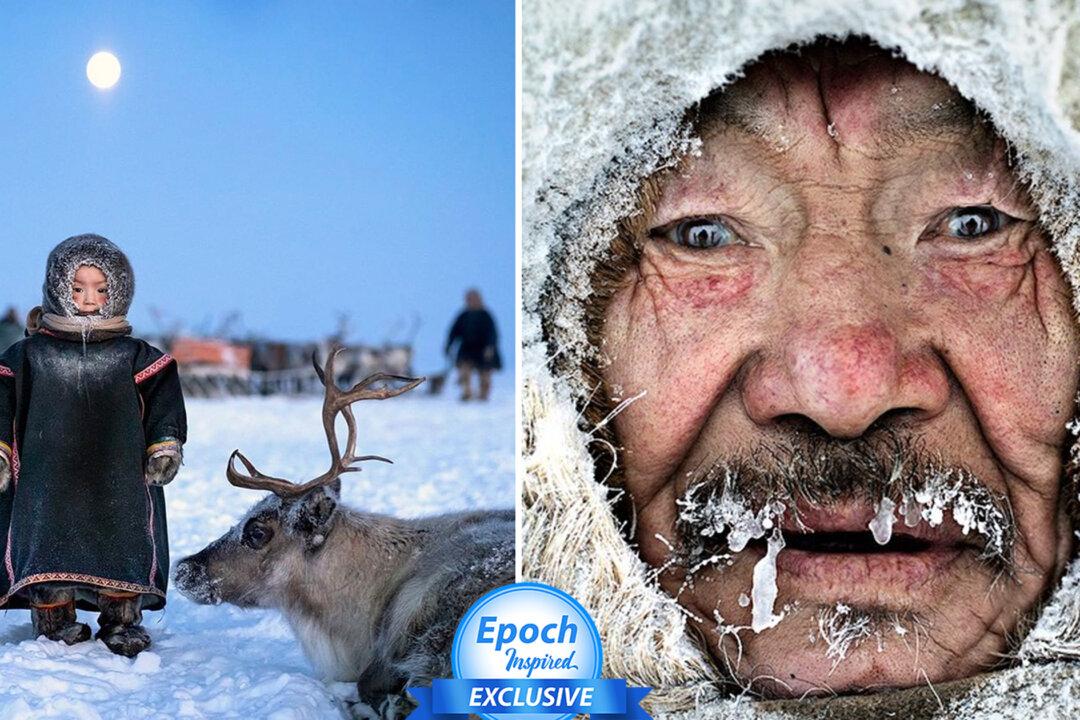Struck by the resilience of the Nenet people, a group of Siberian nomadic shepherds who endure temperatures of minus 50 degrees Celsius (minus 58 degrees Fahrenheit), an Italian photographer traveled to their land three times to honor their existence and share it with the world in an atmospheric photo series.
Alessandro Bergamini, 35, of Finale Emilia in the province of Modena, Italy, makes trips around the globe every year to take photos. Past destinations include Afghanistan, China, India, Myanmar, Peru, and Siberia’s Yamal peninsula, the latter of which he has visited in December of 2018, 2019, and 2021.





